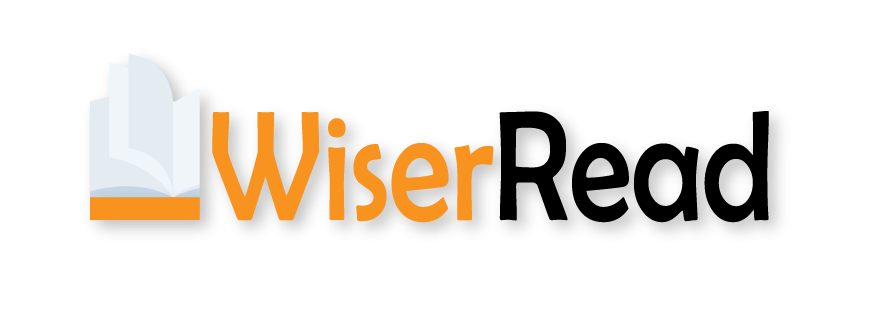Education is something that has changed quite a lot with time. The arguments of traditional teaching vs modern teaching are often centered on how classroom practices have been improved.
Traditional Teaching vs Modern Teaching which is better right now? Both traditional and non-traditional teaching seeks to provide knowledge to the students but use different ways in their endeavors.
Appreciation of these dimensions may assist in choosing the fitting frame for learners in the present day.
Traditional Teaching vs Modern Teaching
The traditional approach of teaching lays emphasis more on chalk and talk concept, rote learning and teacher-dominated strategy.
Most modern teaching involves talking with students, getting them involved in lessons, using technology and being creative. The crux of the matter is who takes center stage and what each strategy employs.
Traditional Teaching vs Modern Teaching- The Main Differences
1. Teacher’s Role
- In the case of the traditional way of instruction, the teacher is always the decision-maker.
- In contrast, in the modern way of teaching, the educationalist is responsible only for directing and coordinating the work of students.
2. Student Engagement
- Passive learning is done through listening on the part of the students and such is what is done in traditional methods.
- In modern teaching, children or youths have to use modern methods and this means that there has to be no bonding as there is active involvement from every side. It will improve student engagement and teacher behavior.
3. Use of Technology
- Very few technologies are applied in traditional approaches.
- Smartboards, tablets and other online materials are common place in modern classrooms.
4. Learning Style
- In traditional teaching, the strategy that was adopted to was learning by recitation and this teaching practice of use is far gone.
- In modern teaching, creative listening is structured, comprehending solution nouns or phrases, and imaginative recollective order is composed of learning.
5. Classroom Setup
- In traditional classrooms, students sit in one designated area.
- Flexible seating arrangements and group work that modern classrooms encourage.
6. Memorization vs Critical Thinking
- Traditional Teaching mainly supports mnemotactic.
- Modern methods support comprehension, solving problems, and creative aspects.
7. Assessment Styles
- Traditional assessments examination achievements.
- Having modern teaching, there are also assignments given through the whole lesson as well, the assessments, projects, presentations… etc.
FAQs on Traditional Teaching vs Modern Teaching
What’s the biggest difference between traditional and modern teaching methods?
Traditional teaching often relies on lectures and textbooks, while modern teaching incorporates technology and interactive learning experiences.
How does technology enhance the modern teaching experience?
Technology allows for personalized learning, multimedia resources, and real-time feedback. It also opens up global classrooms and collaboration opportunities.
Is traditional teaching completely outdated?
No, traditional teaching still has its place. It can provide a strong foundation in fundamental concepts and foster deep understanding.
How to Start Online Teaching at Home?
Can modern teaching methods be used in all subjects and grade levels?
Yes, modern teaching methods can be adapted to various subjects and grade levels.
However, the specific approach may vary based on the content and student needs.
What are the challenges of implementing modern teaching methods?
Some challenges include access to technology, teacher training, and overcoming resistance to change.
With proper planning and support, these challenges can be addressed.
Can traditional and modern teaching methods be combined effectively?
Absolutely! Combining traditional and modern methods can create a well-rounded and effective learning experience.
For example, a teacher might use a lecture to introduce a topic and then use technology for interactive activities and assessments.
What are the advantages of traditional teaching methods?
Traditional methods can be effective for building a strong foundation in basic skills and knowledge. They also provide a sense of structure and discipline.
What are the disadvantages of modern teaching methods?
Modern methods can be challenging to implement without proper resources and training.
There is also a risk of relying too heavily on technology, which may limit face-to-face interaction.
Is there a one-size-fits-all approach to teaching?
No. The best teaching methods depend on the subject matter, the students’ learning styles, and the goals of the education.
A combination of traditional and modern approaches often yields the best results.
Read also: How to support your student while student teaching?
Final Note
Thus, so comparing traditional teaching vs modern teaching the conclusion is why do students need any of these. They are not dispute; rather, it might be said that each of the approaches has certain limitations, modern teaching, however, is more flexible. It shows quite a large extent of transformations in the manner of educating the learners.
Both approaches have advantages and Derivatively-modern learning has disadvantages as well, but it is – students can be active, more innovative and better engaged with learning.
Realizing these differences might assist you with selecting the most efficient way of the battling.

